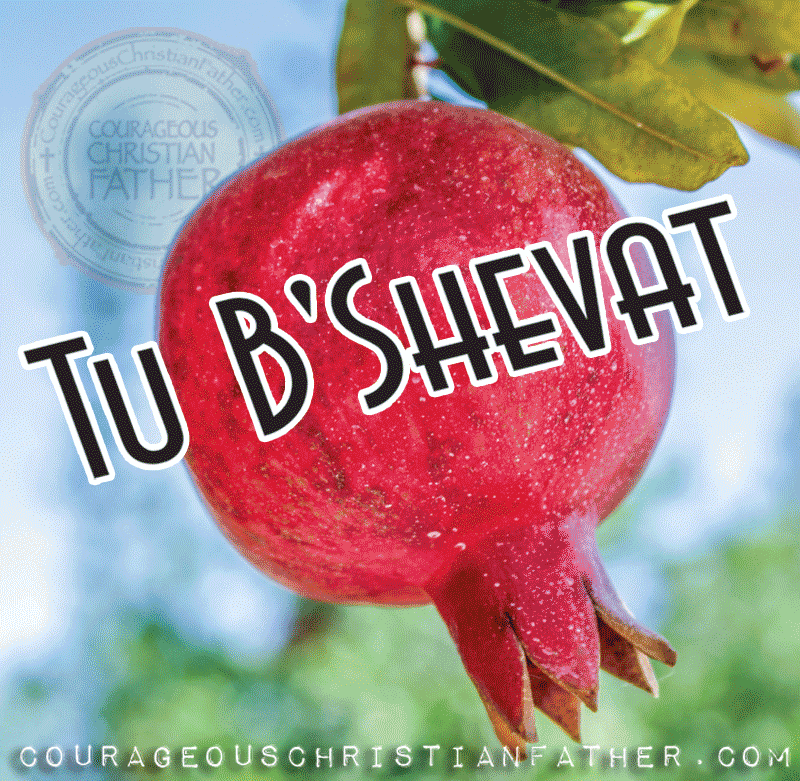Tu B’Shevat, the 15th day of the Jewish month of Shevat, with a Jewish holiday

As Christians, we do not celebrate this Jewish Holiday. But, I thought I would look into it and share my findings.
Tu B’Shevat (Hebrew: ט״ו בשבט)
Tu B’Shevat or Tu BiShvat, the 15th day of the Jewish month of Shevat, is a holiday also known as the New Year for Trees or New Year of the Trees. It is also called “Rosh HaShanah La’Ilanot” (Hebrew: ראש השנה לאילנות), literally “New Year of the Trees.”
“Tu” is actually a number, not a word. It means 15 in Hebrew. This holiday was a way to calculate tithing by the age of trees. This practice stems from Levitical Law. You can see Leviticus 19:23-25, shown below. (New American Standard Bible – NASB)
When you enter the land and plant all kinds of trees for food, then you shall count their fruit as forbidden. Three years it shall be
Leviticus 19:23-25orbidden to you; it shall not be eaten. But in the fourthyear all its fruit shall be holy, an offering of praise to the Lord. 2In the fifthyear you are to eat of its fruit, that its yield may increase for you; I am the Lord your God.
Of the few customs to observe this holiday is to eat a new fruit on this day. Some will also eat from Seven Species (shivat haminim) as found in Deuteronomy 8:8. Plus, these fruits could only be accepted offerings in the Temple.Not only do they try a new fruit, they are also not allowed to fast or mourn.
Seven Species (shivat haminim)
- Wheat,
- Barley
- Grape
- Fig
- Pomegranates
- Olive (oil)
- Date (honey)
Similar Arbor Day
On this day many Jewish people will plant trees like we do for Arbor Day (which is in April). Planting trees help make the land healthy and more vibrant. Interesting that Tennessee is doing a 250K Tree Day coming up on February 24, 2018. Very close to this Jewish Holiday.
Side note:
A Jewish “day” begins and ends at sunset, rather than at midnight.
Current occurrence of Tu B’Shevat
5780 Jewish Year: sunset February 9, 2020 – nightfall February 10, 2020
Future occurrences of Tu B’Shevat
5781 Jewish Year: sunset January 27, 2021 – nightfall January 28, 2021
5782 Jewish Year: sunset January 16, 2022 – nightfall January 17, 2022
The Jewish Months (And When They Usually Fall)
- Shevat (January-February)
- Adar (February-March)
- Nisan (March-April)
- Iyyar (April-May)
- Sivan (May-June)
- Tammuz (June-July)
- Av (July-August)
- Elul (August-September)
- Tishrei (September-October)
- Kislev (November-December)
- Heshvan (October-November)
- Tevet (December-January
The start varies based on leap year and other factors. These Jewish months are actually Babylonian in origin. A leap month was often used in the Jewish months to help balance seasons and the lunar months and solar years.
Sources:
First published January 23, 2018. Last updated or republished February 7, 2020.
About the Author
Discover more from Courageous Christian Father
Subscribe to get the latest posts sent to your email.


